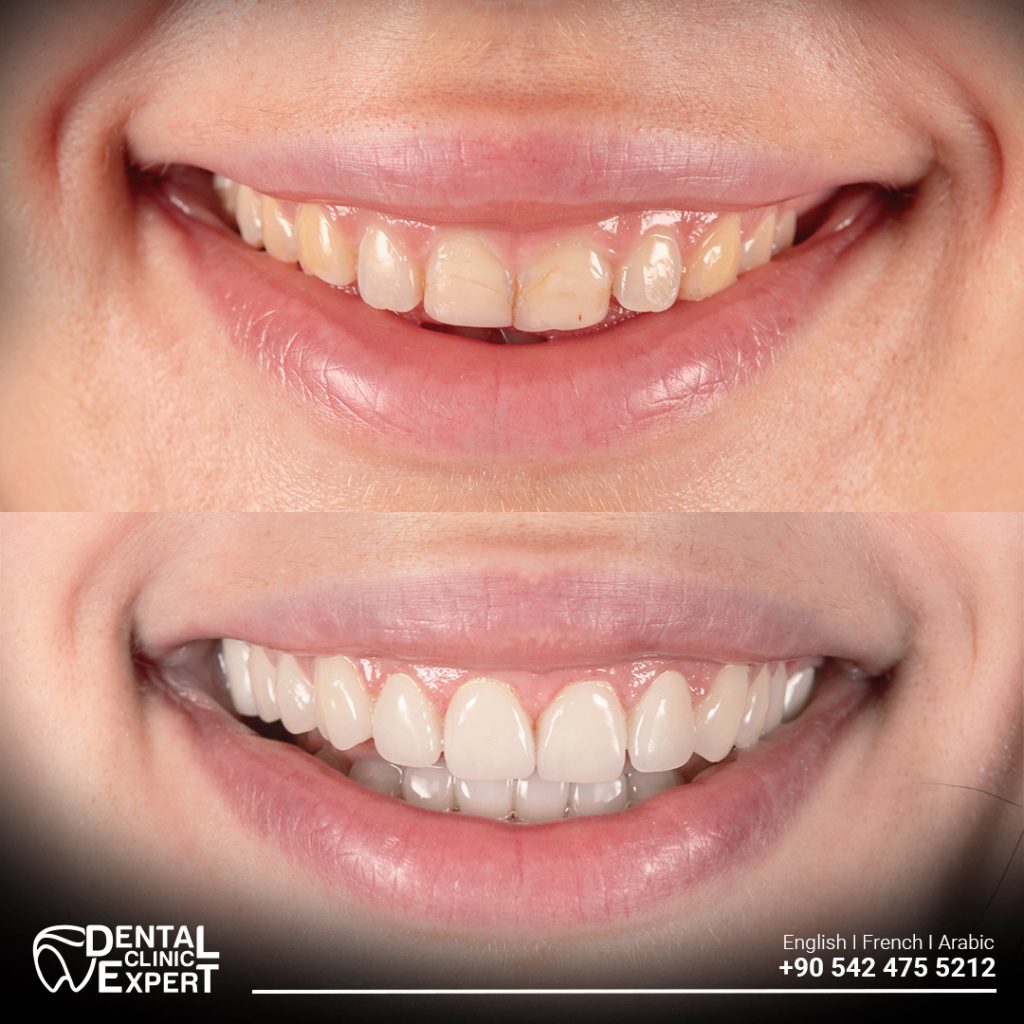Patients with cavities seek the best treatment for their situation, but they often find themselves at a crossroads: Inlays and Onlays vs. Crowns.
Fortunately, there are a growing number of treatment options for a variety of dental problems now. Although this is essentially great news, it might be a little overwhelming when it comes to choosing the best dental treatment for your problem.
Tooth cavities are a common dental problem, and dental fillings are usually the most immediate treatment choice, especially in the early stages. However, if decays are larger, filling may not work as desired. Thus, dentists tend to apply inlays and onlays or crowns. Both patients and dental professionals have to come to a point where they need to compare the benefits of Inlays and Onlays vs. Crowns. Not surprisingly, dental professionals have a vast wealth of experience and expertise, and thus, they are more capable of determining the pros and cons of each choice for a patient. Alas, patients normally lack the knowledge and understanding of those potential treatment options.
In this post, we will explain many details about Inlays and Onlays vs. Crowns to give you a broader understanding of each treatment by contrasting them using clear explanations, tables, and examples.
Note that the information given in this post aims to help you understand Inlays and Onlays vs. Crowns from a general perspective. If you are getting a particular dental treatment, you are strongly advised to discuss your case with a professional.
Understanding The Differences Between Inlays And Onlays And Crowns
Both inlays/onlays and crowns are effective dental treatments that aim to restore teeth that have decay. However, understanding how they work can help you have a more educated discussion with your dentist about your treatment plan.
Caring For Your Inlays And Onlays Or Crowns
Both inlays/onlays and dental crowns require similar aftercare routines. Moreover, those practices should not be much different from what you would do for your natural teeth. Yes, brushing and flossing regularly are the two most important principles of maintaining your teeth.
Additionally, patients having had an inlay/onlay or crown treatment should avoid chewing on hard or sticky foods. They can damage or dislodge the restoration. Also, extremely hot and cold drinks might trigger tooth sensitivity, especially in the early days of treatment.
When Inlays And Onlays Are The Best Choices For Restoring Your Teeth?
Inlays or onlays are recommended for moderate-level tooth decay. In other words, if the decay is too large to repair with a filling, the majority of the tooth is still healthy and is worth keeping in its original form. In such cases, dentists simply clean the area and apply the inlay or onlay depending on the position of the cavities.








